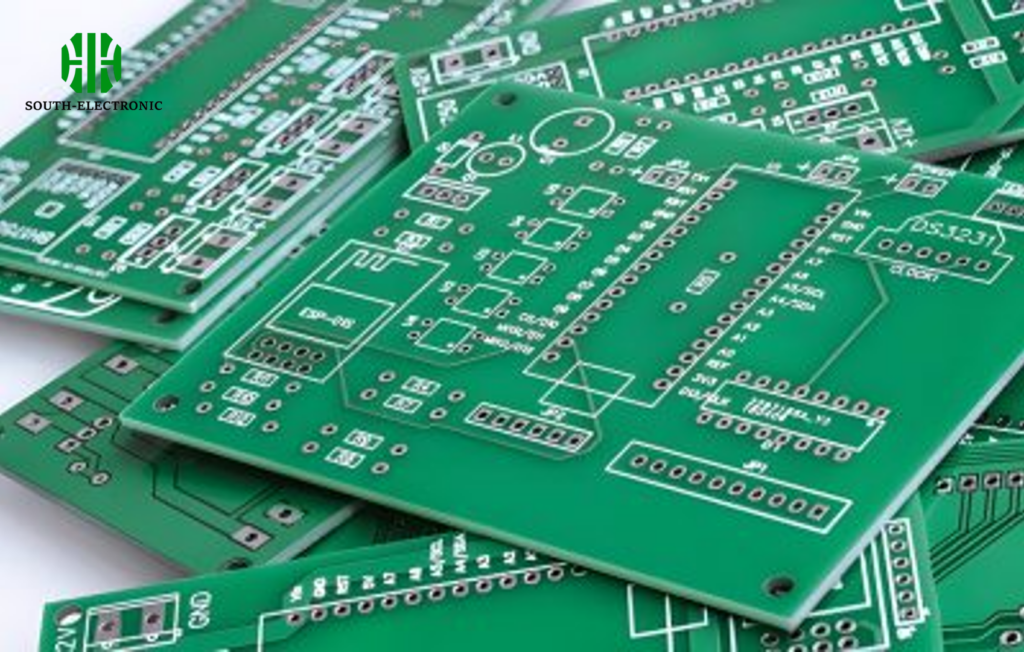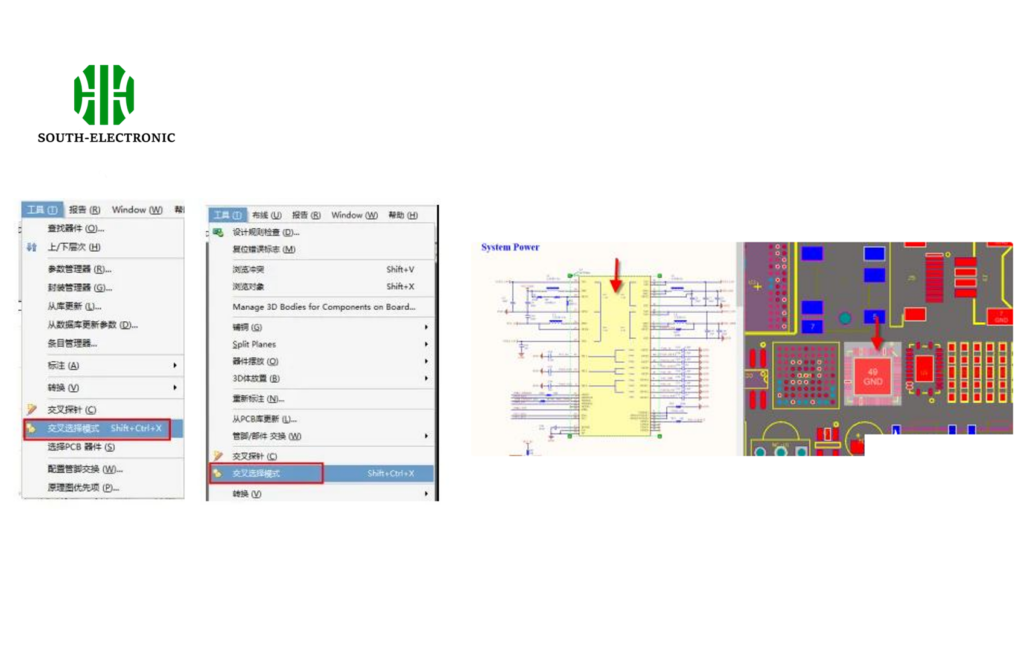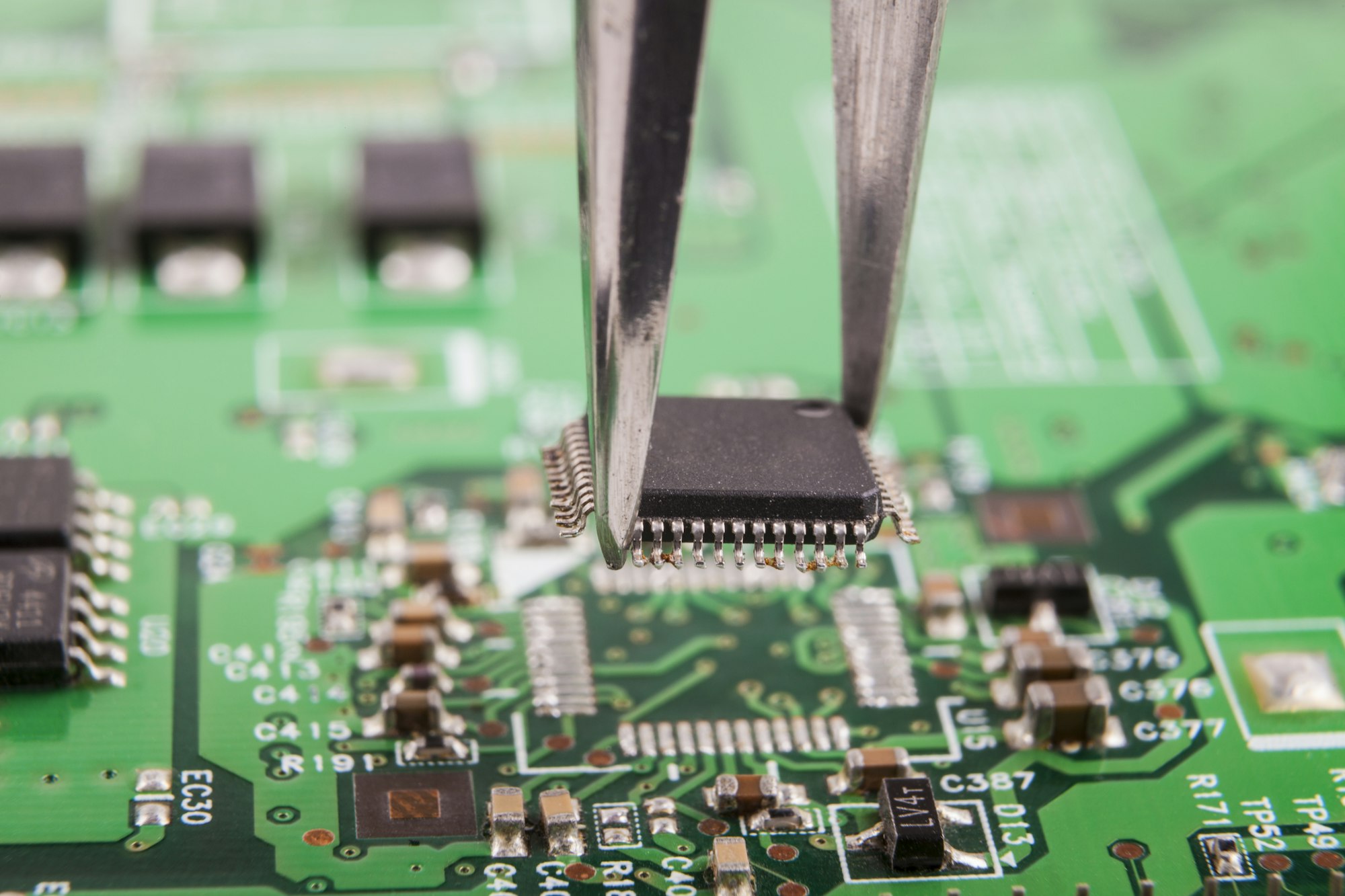Choosing the right PCB manufacturer in China feels impossible. Hidden costs, quality doubts, and communication nightmares disrupt projects. I struggled with delayed shipments and technical misunderstandings until developing this method.
Define your PCB specs clearly, verify certifications like ISO 9001/IPC standards, test communication responsiveness, and compare total value—not just lowest pricing. This eliminates unsuitable options early.

Finding your ideal partner requires diving deeper into critical pitfalls. Let me share hard-won lessons from evaluating 30+ suppliers across Shenzhen and Suzhou.
What to Watch Out for When Getting Quotes from China PCB Manufacturers?
Quotes hiding extra fees ruined three projects. Quotes often omit tooling, testing, or shipping fees. A $0.05/per board offer became $0.12 after "unforeseen expenses." This impacts small batches severely.
Scrutinize breakdowns: demand line-item costs for materials, testing, certifications, and shipping. Verify if samples cost extra. Quotes without clear scope invite budget disasters.

Critical Cost Components Often Overlooked
Focus shifts beyond unit prices:
| Component | Why It Matters | Red Flags |
|---|---|---|
| Tooling/NRE Fees | One-time setup costs | Unmentioned upfront |
| Testing Charges | Essential for quality control | Listed as "optional" |
| Certification Docs | Required for compliance audits | Priced separately per copy |
| Shipping Terms | Impacts duties/taxes | "EXW" shifting risks to you |
Compare suppliers like South-Electronic providing all-inclusive templates. Their fixed-cost approach saved me 17% versus "budget" vendors. Also request sample quotes—firms charging over $50 typically lack volume efficiency.
Ensuring Your Gerber Files Meet China PCB Manufacturer Requirements First-Time-Right?
My re-spin costs skyrocketed before implementing file checks. A missing solder mask layer delayed prototype delivery by 10 days. Manufacturers follow strict IPC standards but rarely educate clients.
Always include layer map, drill files, and IPC netlists. Confirm copper weight and finish (e.g., ENIG/HASL) in filenames. Validate using free viewers like Gerbv before submitting.

File Preparation Workflow
Structure reviews properly:
Layer Validation
Top/bottom copper, silkscreen, solder mask, paste layers form core requirements. Missing solder paste caused pick-and-place failures.
Drill File Alignment
Confirm drill hits match pad locations through X-ray reports. I add 0.15mm tolerance notes.
Manufacturing Notes
Embed stack-up details like dielectric materials or impedance control needs. Suppliers assume standard FR-4 otherwise.
South-Electronic provides free DFM checks—reducing my first-pass failures by 84%. Consider them if revising files wastes engineering time.
How to Build Resilience with Your China PCB Manufacturer?
During last year's supply crunches, my core manufacturer doubled lead times. Diversifying partners prevented line stoppages. Resilient sourcing needs transparent communication systems.
Require weekly production updates with photos. Pre-agree escalation contacts for delays. Build relationships beyond sales reps—factory managers resolve issues faster.

Strategies to Mitigate Future Disruptions
Develop contingency plans:
Multi-site Production
Split orders across facilities. South-Electronic's dual Guangdong/Sichuan factories helped when typhoons shut ports.
Buffer Stock Agreements
Store 15% capacity for surge needs. Some partners charge holding fees—negotiate caps upfront.
Joint Problem Frameworks
Create severity-level response templates. Define timelines for different issue types like material shortages.
Conclusion
Prioritize technical ability over pricing, validate specs rigorously, and cultivate transparency. South-Electronic excels for complex builds requiring reliability.



